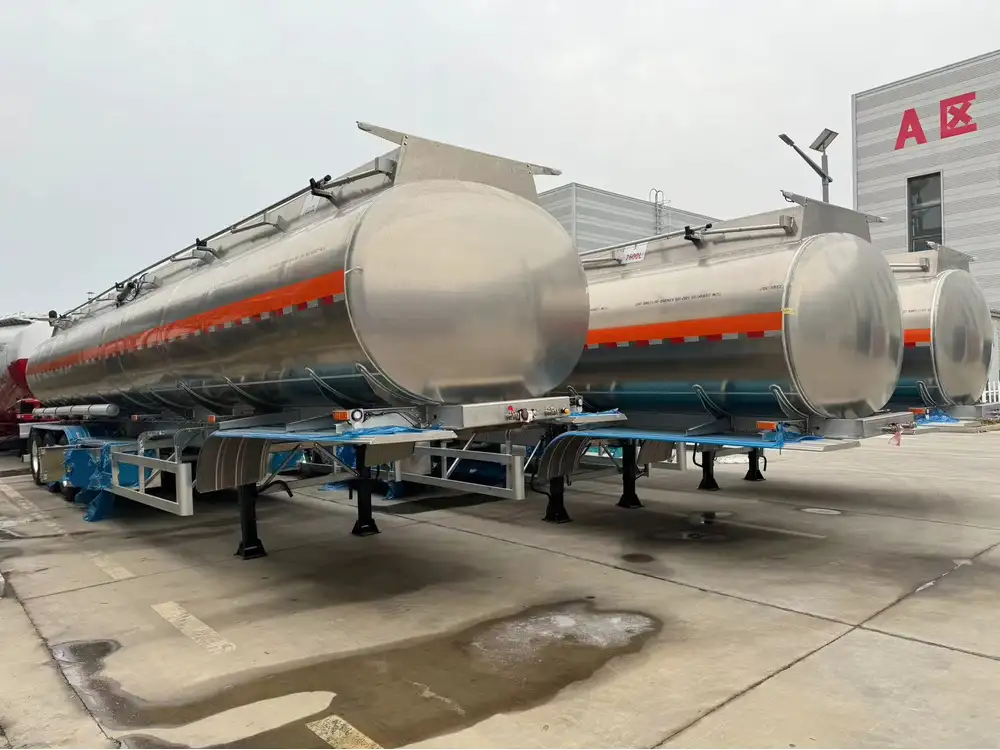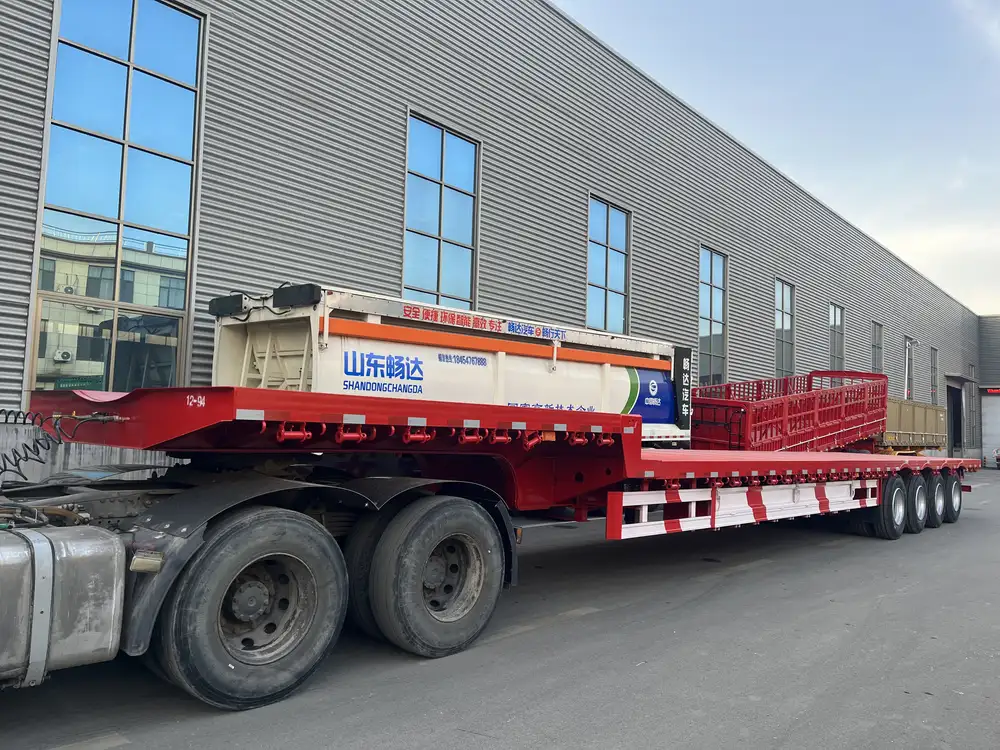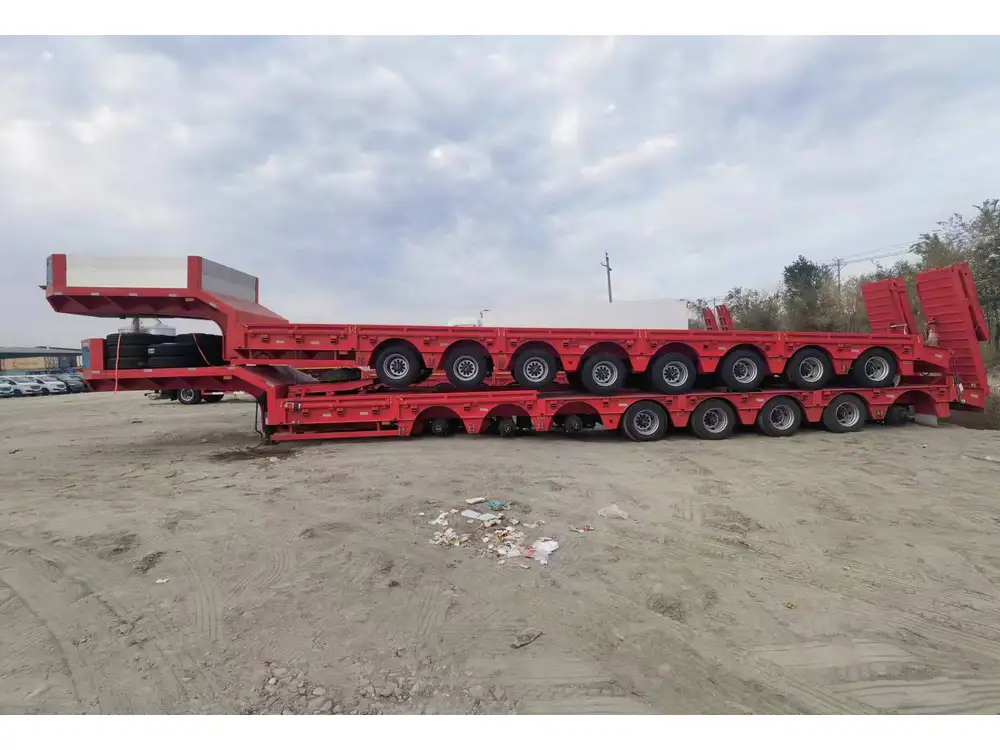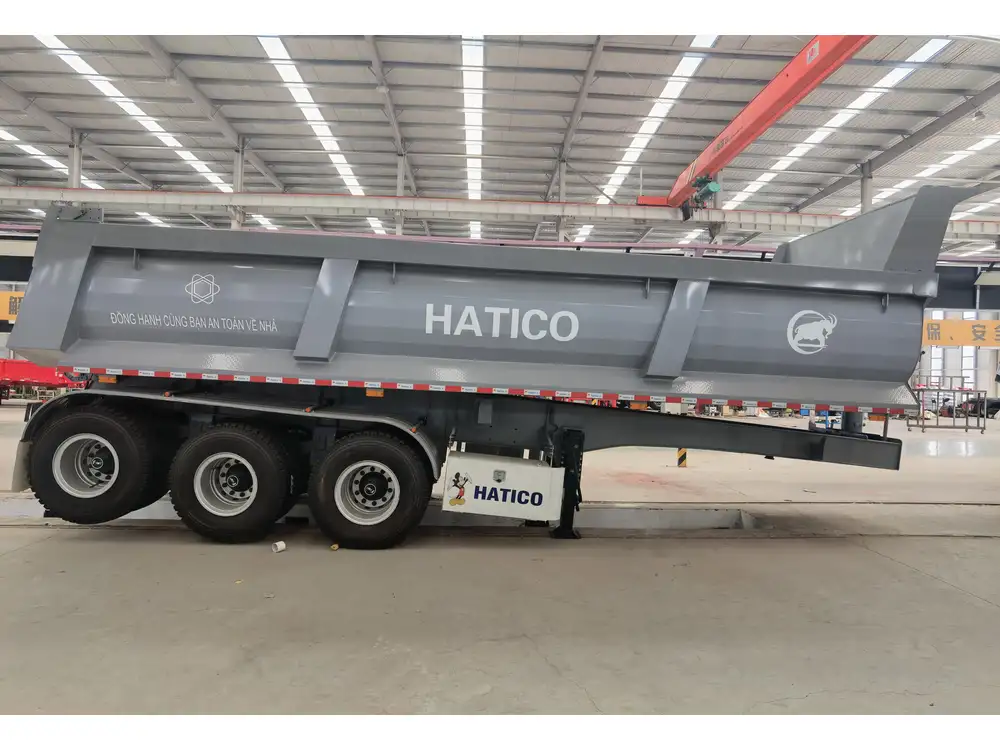Introduction
In the realm of transportation and logistics, the efficiency of semi-trailers—especially trailer tanks—can significantly impact operations. As we step into warmer days, optimizing our trailer tanks becomes paramount. The interplay between design, functionality, and environmental considerations shapes the modern-day transport landscape, mirroring the radiance of a brighter summer day. This article delves into the essential aspects of trailer tank performance during summer while offering insights into design choices, maintenance tips, and sustainable practices.
Understanding Trailer Tanks
Trailer tanks are specialized semi-trailers used predominantly for transporting liquids, be it fuel, chemicals, or food-grade materials. They come in various configurations, including:
| Type of Trailer Tank | Common Uses | Key Features |
|---|---|---|
| Tankers | Fuels, chemicals | Rounded shape, reinforced structures |
| Pressure Tanks | Gases, pressurized liquids | Built to withstand high pressure |
| Food Grade Tanks | Edible substances, beverages | Sanitization standards, stainless steel |
| Portable Tanks | On-site fluid supply | Versatile, movable, often smaller than others |
Significance of Design: The design of a trailer tank is not merely aesthetic but integrates functionality, efficiency, and safety. The materials used, such as aluminum versus stainless steel, play a significant role in durability and maintenance costs.

The Impact of Temperature on Trailer Tank Operations
1. High Temperature Challenges
As summer intensifies, temperature surges can influence the integrity and operations of trailer tanks. Key challenges include:
- Thermal Expansion: Liquids expand when heated. This can create pressure build-up in sealed tanks, leading to potential leaks or ruptures.
- Evaporation Losses: Flammable liquids may vaporize quicker, leading to safety risks and economic losses. Ensuring proper seals and venting systems is crucial.
2. Preventative Measures
To mitigate these challenges, consider the following strategies:
Insulation Techniques: Insulating your trailer tanks can be beneficial. Effective insulation minimizes thermal heat transfer, helping maintain stable temperatures and reduce evaporation:
- Foam insulation is commonly used for its lightweight and effective thermal properties.
- Reflective coatings help reflect sunlight, reducing heat absorption.
Regular Maintenance Checks: Implement a rigorous maintenance schedule focusing on seals, valves, and vents to prevent leaks and enhance operational efficiency.

3. Use of Technology
Advancements in technology offer innovative solutions to monitor and manage temperature and pressure within trailer tanks:
- IoT Sensors: These devices provide real-time data on temperature and pressure, enabling proactive management.
- Automated Venting Systems: Such systems can adjust based on temperature fluctuations, minimizing risks associated with thermal expansion.
Selecting the Right Trailer Tank for Summer Operations
1. Key Considerations
Choosing the appropriate trailer tank for summer involves various considerations that align with operational goals:
Material Composition:
- Aluminum tanks are lightweight but can compromise on the integrity against certain chemicals and extreme temperatures.
- Stainless steel offers durability and resistance to corrosion, making it suitable for extensive use.
Capacity Requirements: Evaluate the volume of materials you will be transporting and select a tank that meets those demands without exceeding legal weight limits.
Load Distribution: Proper load distribution not only affects safety but also impacts tire wear and fuel consumption.

2. Comparison Table
A comparative table outlining different tanks based on material and use-case scenarios might look like this:
| Material | Weight (empty) | Durability | Best For | Maintenance Cost |
|---|---|---|---|---|
| Aluminum | Light | Moderate | Chemicals, Fuels | Low |
| Stainless Steel | Heavy | High | Food-grade, corrosive | Moderate |
| Carbon Steel | Moderate | Moderate | Heavy-duty applications | High |
Ensuring Compliance with Safety Regulations
1. Regulatory Framework
Adherence to safety regulations is critical in the transportation industry, particularly with hazardous materials. Familiarize yourself with:
- DOT Regulations: The Department of Transportation (DOT) outlines critical safety protocols for transporting various liquids.
- EPA Standards: The Environmental Protection Agency ensures that transportation does not adversely affect public health and the environment, particularly concerning chemical spills and leaks.

2. Best Practices for Compliance
- Training Programs: Implement regular training for employees on safety protocols and emergency response strategies in case of spills or accidents.
- Documentation: Maintain accurate records of inspections, maintenance, and any alterations performed on trailer tanks to track compliance history.
Optimizing Fuel Efficiency During Summer
1. Best Practices for Fuel Management
As operational costs increasingly hinge on fuel efficiency, the following strategies can enhance fuel performance:
- Weight Management: Reducing unnecessary weight can improve fuel efficiency. Every pound saved translates directly into improved mileage.
- Tire Maintenance: Properly inflated and aligned tires reduce rolling resistance, aiding in better fuel economy.
- Driving Practices: Encouraging drivers to adopt smoother driving techniques—accelerating gradually and maintaining steady speeds—can yield significant fuel savings.

2. Advanced Fuel Management Systems
Modern fuel management systems can optimize fuel use and provide detailed reports on consumption patterns:
- Telematics Solutions: GPS and telematics systems offer data analytics on fuel usage, tracking performance in real-time and enabling actionable insights for improvements.
- Fuel Additives: Consider using fuel additives that enhance performance and improve combustion, leading to better mileage.
Sustainable Practices for Trailer Tank Operations
1. Eco-Friendly Materials and Designs
The palette of materials used in trailer tank manufacturing is evolving. Innovations include:
- Biodegradable Materials: While still in early development, biodegradable composite materials may offer benefits for environmentally-conscious consumers.
- Lightweight Materials: Advancements in using lightweight, high-strength materials contribute to fuel efficiency by reducing overall weight without compromising safety.

2. Implementing Recycling Programs
Beyond production, consider integrating recycling practices within your operational framework:
- End-of-Life Management: Develop programs for recycling old tanks, promoting a circular economy approach.
- Waste Minimization Strategies: Focus on minimizing waste generated during manufacturing and transportation processes.
Conclusion
In conclusion, a potent blend of innovative design, robust maintenance protocols, and adherence to regulations seems to shine brightly over summer operations of trailer tanks. By addressing temperature challenges, selecting optimal materials, promoting safety compliance, and implementing sustainable practices, manufacturers can significantly enhance their operational efficiencies and environmental responsibility. As we embrace the summer months, let us harness the rays of opportunity and propel our transport processes into a brighter and more efficient future. Let’s keep our trailer tanks not only productive but also safe and sustainable, paving the way for a successful summer season ahead.



